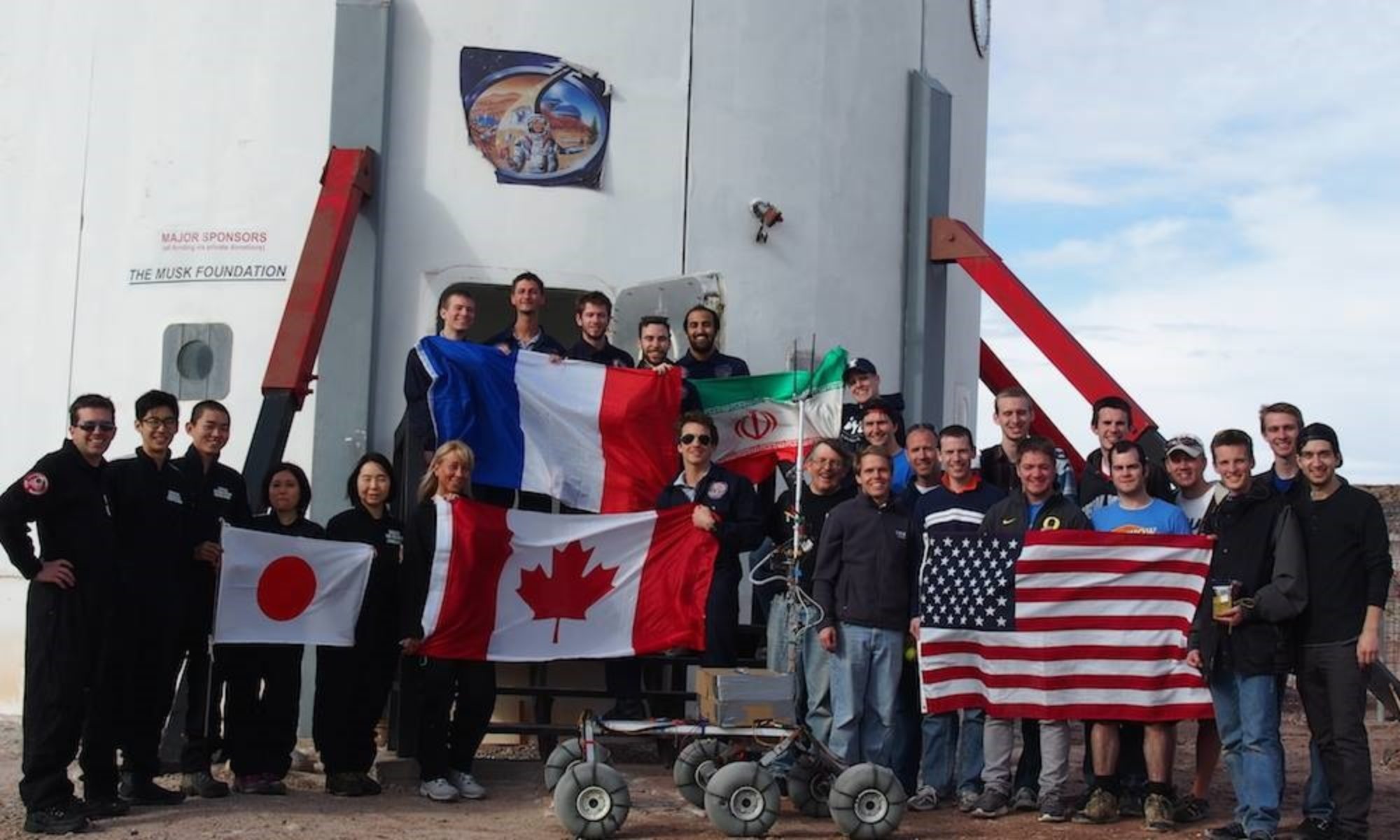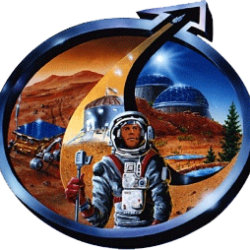Objective: The primary goal of today’s mission activities was to provide students with hands-on experience in the challenges of medical care and engineering problem-solving during extravehicular activities (EVAs) in a Mars analog environment. Through simulated scenarios, students applied wilderness first aid principles and engineering design concepts to real-time mission challenges.
Morning Briefing: The day began with a briefing on the mission objectives and safety protocols. Students were divided into EVA teams and designated specific roles, including medical officers, engineers, and communications specialists. The briefing included an overview of EVA procedures, emergency response strategies, and the environmental hazards associated with the simulated Martian terrain.
Simulated EVA Activities:
EVA Objective 1: Medical Emergency Response
Assess and stabilize an injured astronaut in a remote location.
Teams navigated through rugged terrain to reach a simulated casualty.
Students applied wilderness first aid, including spinal precautions, wound management, and transport strategies.
Effective communication with mission control was emphasized to relay patient status and request assistance.
EVA Objective 2: Engineering Challenge – Equipment Repair
Identify and repair a malfunctioning habitat life-support system component.
Students conducted a diagnostic assessment of a simulated life-support failure.
Teams employed problem-solving strategies to fabricate and implement temporary repairs using available resources.
The challenge tested the integration of engineering skills with mission-critical thinking under time constraints.
Debriefing and Lessons Learned
Following the EVAs, students participated in a debriefing session where they discussed key takeaways, challenges faced, and strategies for improvement. The session reinforced the importance of teamwork, adaptability, and interdisciplinary collaboration in space mission scenarios.
Conclusion
Today’s mission simulation successfully provided an immersive educational experience, highlighting the intersections of medicine and engineering in space exploration. Students gained valuable hands-on experience in responding to medical emergencies and troubleshooting technical failures, preparing them for future roles in space medicine and engineering fields.

